CEDAR BREAKS (Day 18 - part 2)
The hike back was all uphill, and although I'd seen it all before, it was anything but boring!



Trees clung to the rim for dear life.

I... won't... let... go!!


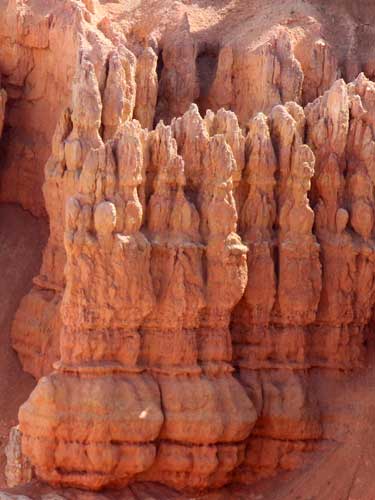


I wasn't sure what to make of this!

More hardy Cushion Phlox

Me with a big tree




Columbines, paintbrush and chiming bells

While normally white and blue, columbines can get to be completely white at higher elevations.
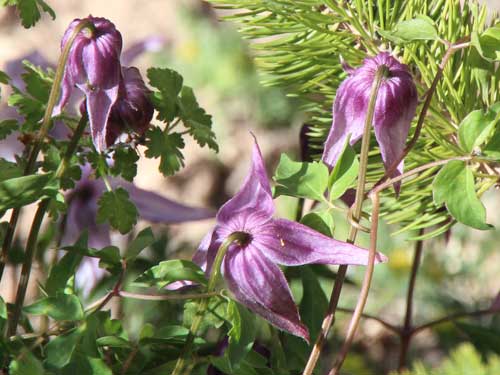
Purple Clematis is a vine that can get 20 feet long.

Green Gentian (also called Monument or Century Plant) is a monocarpic plant, meaning it grows many years (in this case 20 to 80 years), flowers once, then dies. Each plant releases thousands upon thousands of seeds to germinate in future years. It is believed that environmental factors may trigger the flowering.

The mountain bluebird is the state bird of both Idaho and Nevada. They mainly eat insects and berries.


I got back at 11 am. There was a ranger talk scheduled for noon over plant adaptations. While tempting, I decided to head to Cedar City for some lunch. It had been 5 days since my last warm meal.... or much of any meal at all.
It was a steep, gorgeous drive down to Cedar City.



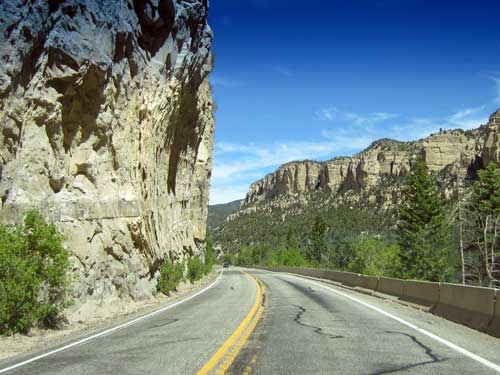

My first stop was at a large supermarket to restock supplies... but there was almost nothing I (as a vegetarian) could eat! Even every single can of vegetable soup contained bacon fat or beef broth. There was also no apple sauce without high fructose corn syrup as one of the primary ingredients. Actually it was in pretty much everything. I ended up with a few cans of canned fruit, a tub of hummus and some bread.
I couldn't find my hotel (even though the town wasn't that big) but saw a 'visitor info' sign, so I pulled in. There was a small museum (which unfortunately didn't allow photography otherwise I would have filled several more pages with all the many wonderful things they had!). There was lots of clothing and tools from the old days. No one ever smiled in the old photographs for a couple reasons: first, it took a long time to make an exposure, but second, most people probably had awful teeth since there were no dentists!

Cedar City's rich deposits of iron ore were first recorded by Spanish Explores in 1776. In 1850, the Mormons set up a colony to mine these deposits to sell to western settlers. In 1923, ia rail line was constructed. By the 1980's, however, foreign competition and domestic tax issues forced the mines to close.

Inside the visitor center
It was still early so I walked next door to the Frontier Homestead State Park Museum. The museum began as a horse-drawn carriage collection in 1970. They later partnered with the state of Utah to create the HUGE indoor and outdoor display we see today.

In the front of the building were a few pieces of large equipment.

When the mining industry ceased, the community turned to sheep and cattle. Hay derricks (used to stack hay) were often homemade consisting of a central rotating pole, ropes and pulleys.
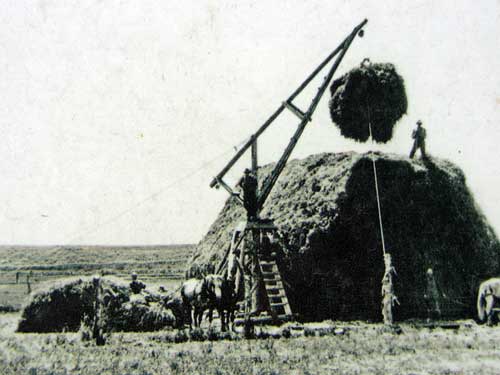
In a horse-driven society, hay was as important or gas or electricity is today.

One was allowed to go inside the ore shovel. The electric 120-B shovel could scoop up 6 tons of dirt and rock.

Our very own SHE (shovel excavator) 22 in action! It was used continuously up until the 1970s.

A bit rusty today
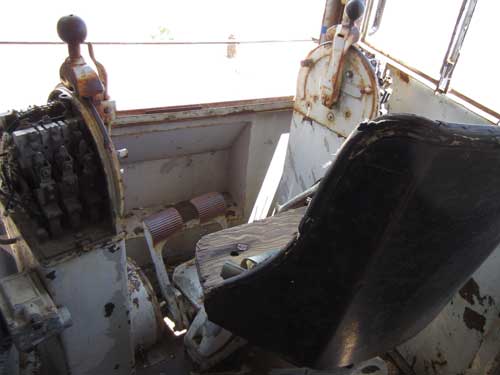
Back in 1936, the hourly wage for a shovel operator was 48 cents.
return • continue

